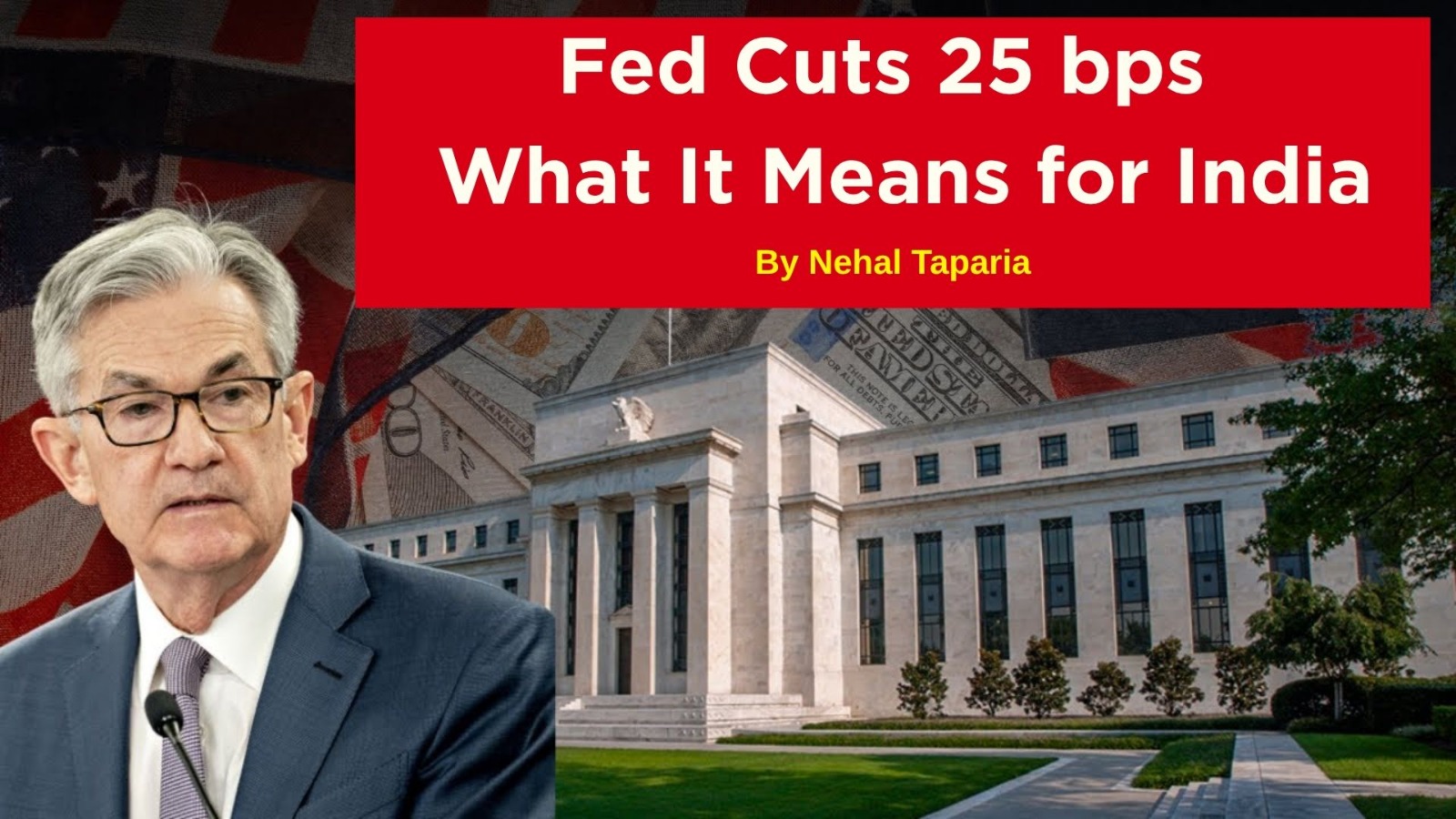How Repo Rate Cuts Affect Bank Deposit Growth and Net Interest Margins (NIM)

How Repo Rate Cuts Affect Bank Deposit Growth and Net Interest Margins (NIM)
Every time the Reserve Bank of India (RBI) tweaks the repo rate, it creates a chain reaction in the banking and financial system. While borrowers often cheer rate cuts due to cheaper loans, one section quietly feels the pinch — the deposit holders. At the same time, the health of banks is often evaluated by how such rate movements impact their profitability, particularly a crucial metric called Net Interest Margin (NIM).
Let’s understand this complex relationship between repo rate cuts, deposit growth, and NIMs, and whether banks actually lose out or manage to maintain their profitability.
📌 What Happens to Deposits When Repo Rate Falls?
When RBI cuts the repo rate, commercial banks reduce the interest rates they offer on fixed deposits (FDs), savings accounts, and other deposit products.
Naturally, lower deposit rates make traditional bank deposits less attractive for savers, especially when inflation is high. As a result:
- Deposit growth slows down.
- Investors and depositors start shifting funds to alternative investments like mutual funds, stocks, gold, or real estate to earn better returns.
This trend was visible during the past monetary easing cycles, where banks struggled to attract deposits as investors explored riskier but higher-yielding options.
📌 Will Banks Suffer Because of Lower Deposits?
In the short term, a slowdown in deposit growth may appear worrisome for banks, since deposits are their primary source of funds for lending. However, this doesn’t automatically translate into lower profitability.
Why?
Because banks can adjust their lending rates accordingly. And while deposit rates fall, lending rates also drop simultaneously. This ensures that the difference between the two — known as the Net Interest Margin (NIM) — remains largely intact.
📌 What is Net Interest Margin (NIM)?
Net Interest Margin (NIM) is a key profitability metric for banks. It represents the difference between:
- The interest income earned on loans and investments
- The interest paid out on deposits and borrowings
Expressed as a percentage of total earning assets, it essentially tells us how much a bank is making on its core lending business.
📌 Will Repo Rate Cuts Impact NIMs?
Surprisingly — not much.
While both deposit rates and lending rates fall during a repo rate cut cycle, the spread between them (NIM) often remains stable or even improves slightly due to the following reasons:
Slower Transmission on Lending Rates:
Banks typically delay passing on the full rate cut to borrowers, while they quickly reduce deposit rates. This leads to a temporary improvement in NIM.
Better Fund Management:
Banks often diversify their borrowing sources and optimize fund deployment in government securities and high-yield investments, partially offsetting any impact on margins.
Reduced Cost of Funds:
With cheaper deposits and borrowings, the overall cost of funds declines, supporting NIM even in a low-rate environment.
📌 Example: Zero-Impact NIM Scenario
Let’s say a bank was paying 6% on deposits and lending at 10%, keeping a spread (NIM) of 4%.
After a repo rate cut:
- Deposit rates fall to 5%
- Lending rates drop to 9%
The spread remains 4%.
So, even though both borrowing and lending rates decrease, NIM stays unchanged.
Conclusion
While repo rate cuts slow deposit growth and lower deposit rates, they don’t necessarily hurt a bank’s profitability. Thanks to the balanced reduction in both lending and deposit rates, Net Interest Margins (NIMs) remain largely unaffected.
Understanding this dynamic helps investors, depositors, and market participants make smarter decisions in a falling interest rate environment — whether it’s about parking funds, borrowing, or investing in banking stocks.
Our Recent FAQS
Frequently Asked Question &
Answers Here
What is the current Net Interest Margin (NIM) for Indian banks
NIMs vary by bank type. As of recent reports, large private banks have NIMs between 3.5% to 4.5%, while public sector banks typically maintain 2.5% to 3.5%.
Why do deposit rates fall when repo rates are cut?
Do banks lose money if deposit growth slows down?
How soon do banks adjust lending and deposit rates after a repo rate change?
Can NIM improve even in a falling interest rate environment?
Copyright © By Empirical F&M Academy. Design & Developed by Techno Duniya


.jpg)


.jpeg)




